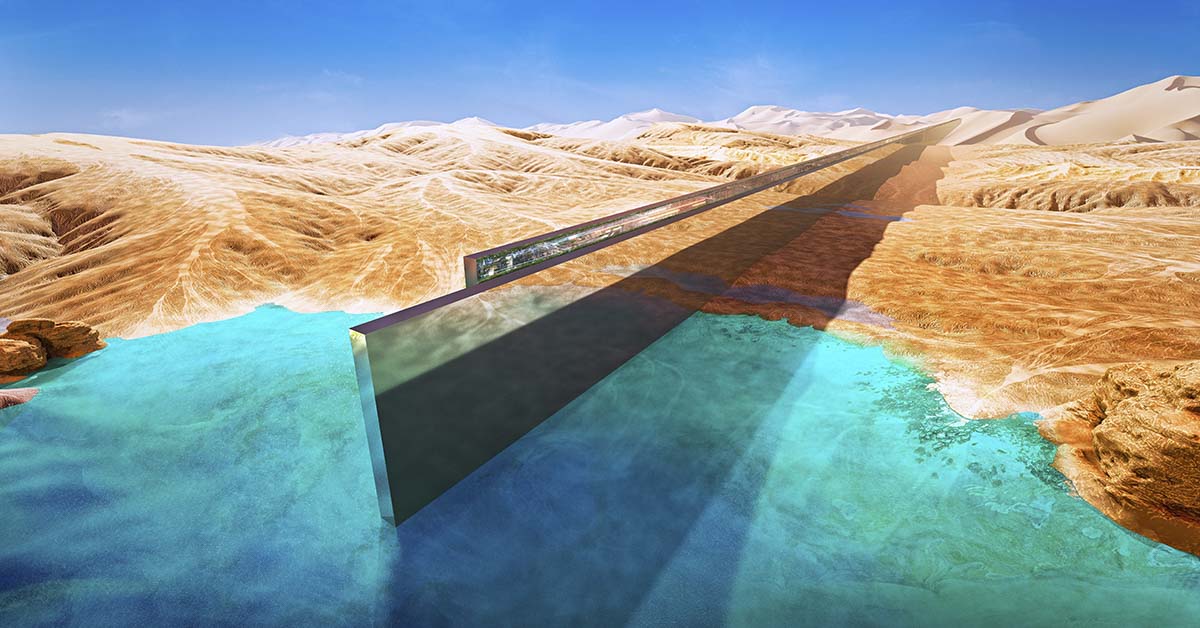Saudi Arabia’s Neom project has been turning heads worldwide as one of the most audacious urban development endeavors in recent memory. Central to this project is “The Line,“ a monumental 75-mile-long skyscraper. However, amid the grand vision and bold promises, many experts are sounding the alarm about its feasibility, sustainability, and environmental impact. In this article, we delve into why Saudi Arabia’s $1 trillion 75-mile-long skyscraper might not be the groundbreaking solution it claims to be.
The Neom Project: A Visionary Initiative
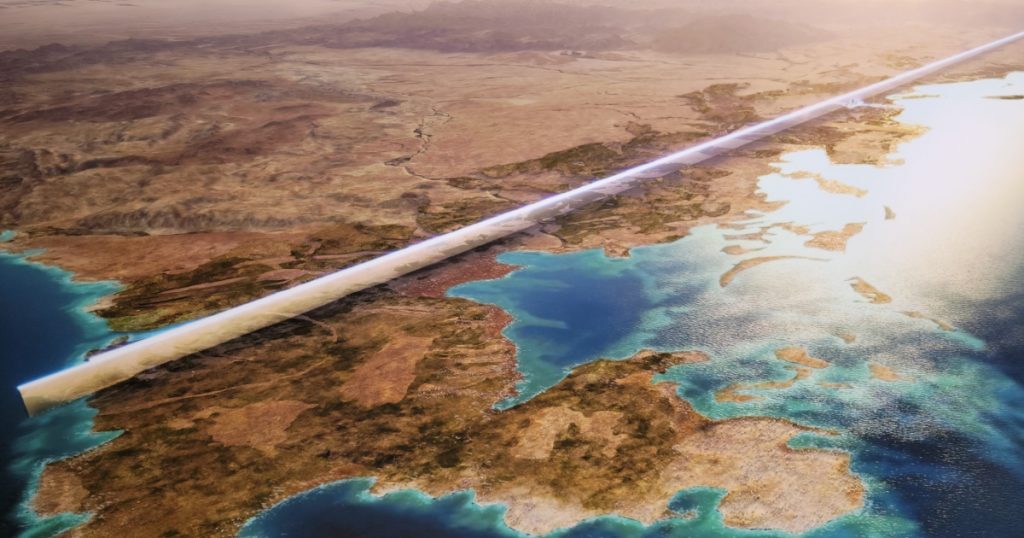
Neom is a vast and transformative undertaking in northwestern Saudi Arabia, championed by Crown Prince Mohammed bin Salman.2 It blankets an area of approximately 10,200 square miles, comparable in size to Albania, and is backed by the Public Investment Fund, which invests on behalf of the Saudi Arabian government. This project stands as a linchpin of the Saudi Vision 2030 plan, aimed at diversifying the nation’s economy and diminishing its dependence on oil.
The Line: Saudi Arabia’s Mega City
At the heart of Neom’s ambitious vision lies “The Line,” a revolutionary concept for urban living. Stretching a staggering 75 miles, this colossal skyscraper is slated to redefine the very essence of urban development. The Line aims to be an autonomous megacity where innovation and sustainability converge. That said, experts have laid out a few issues regarding this massive undertaking:
Issue 1: Sustainability Apprehensions

While The Line pledges to operate exclusively on 100% renewable energy and significantly reduce emissions, sustainability experts like Philip Oldfield, head of the built environment school at the University of New South Wales, harbor reservations about its true environmental impact.3 They point to the colossal embodied carbon cost of constructing a skyscraper of this magnitude, which may overshadow any potential environmental benefits. The extensive use of materials such as steel, glass, and concrete would lead to a substantial carbon footprint.
Issue 2: Liveability Conundrums
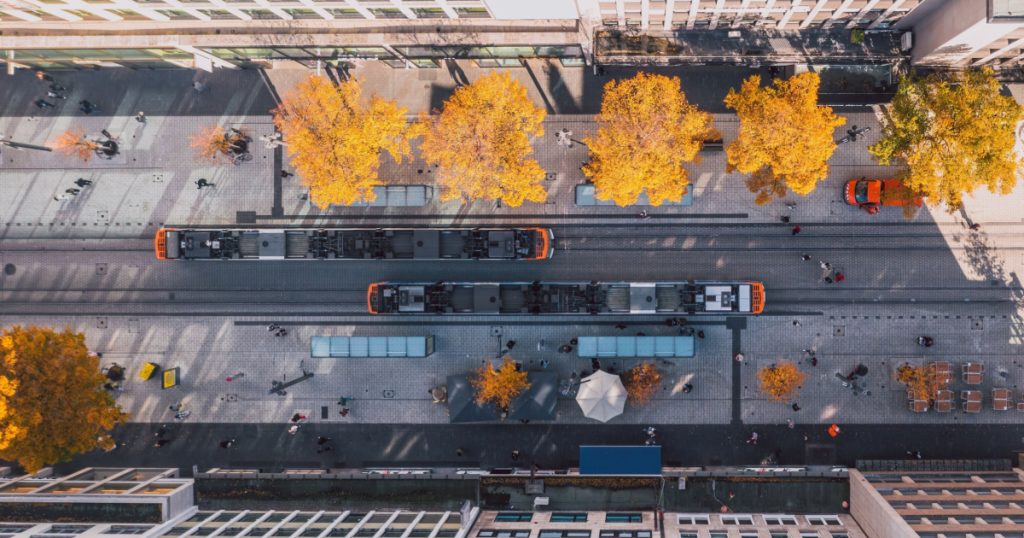
The unique design of The Line envisions an exceptionally narrow city, with two parallel skyscrapers separated by just 200 meters. Urban design experts, including Hélène Chartier, director of urban planning and design at C40 Cities, raise concerns about the liveability of such confined spaces. Some liken it to a claustrophobic environment, emphasizing that residents’ satisfaction would hinge heavily on how the city is managed and maintained.
Issue 3: Impacts on Biodiversity

While visually captivating, the stunning mirrored facades of The Line could pose a significant threat to local wildlife, especially migrating birds. Experts argue that large mirrored structures are known to be perilous for birds, and the extensive walls of The Line might disrupt local ecosystems.
Issue 4: Unrealistic Control and Maintenance
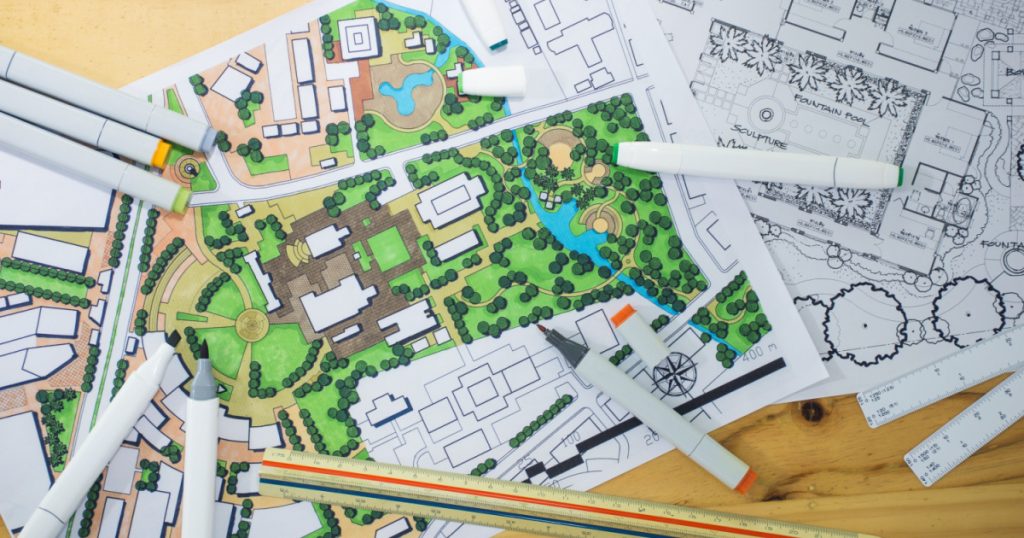
Marshall Brown, director of the Princeton Urban Imagination Center, casts doubt on the feasibility of maintaining The Line as depicted in renderings. He highlights the inherent limitations of urban planning and design, particularly in controlling how a city evolves over time. Achieving the highly minimal and singular character showcased in the visuals may prove a formidable undertaking.
Issue 5: Distraction from Sustainable Urban Development
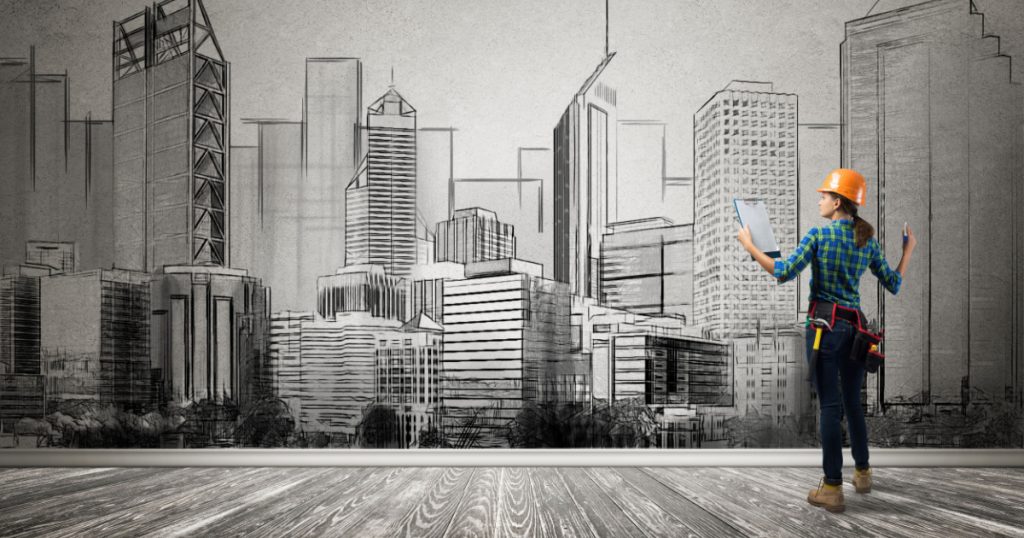
Some experts argue that projects like The Line could divert attention from more practical and sustainable urban development solutions. Rather than creating entirely new cities, efforts should prioritize the densification of existing urban areas and the consolidation of proven models.
Saudi Arabia’s $1 trillion 75-mile-long skyscraper, a central element of the Neom project, has garnered global attention with its audacious vision. However, it raises substantial concerns about sustainability, liveability, biodiversity, and the practicality of maintaining its utopian aspirations. As urban design experts emphasize, the path to a sustainable future may be found in more pragmatic and environmentally conscious urban development strategies.
While the ambition behind The Line is commendable, the project must grapple with various practical challenges and sustainability considerations. Ultimately, its realization will depend not only on technological advancements but also on the ability to address these concerns effectively.
Keep Reading: A 60,000 Person City Is Under Consideration To Be Opened In The Middle Of The Sea
